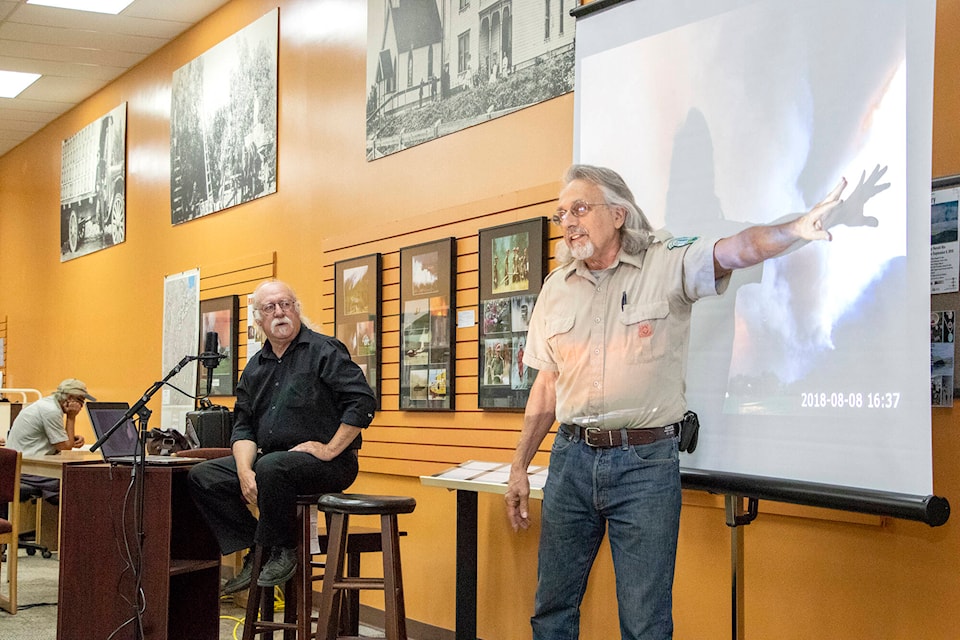I write this as a former B.C. Fire Warden with 42 years of wildland fire fighting experience.
In a recent news article there was mention of “reinstating the BC Fire Warden programme.”
As there was no supporting information given, I would like to present a short history. Established over 110 years ago, it was basically auxiliary staff to assist Forest Officers in the many aspects of managing the forests.
When I first became a Fire Warden in 1986, there were about 500 of us throughout the province. Each warden had two or more able-bodied people they could call on, at a moment’s notice, to form an initial attack crew. The process at that time was when the Fire Zone received a notice of a fire, they would either dispatch a Forest Service Initial Attack (I.A.) crew or a local Fire Warden that knew the back roads, water sources and terrain. They also knew what heavy equipment was registered, certified and ready to go. They had two-way radios, hand tools, water pumps and hose, first-aid training and, most importantly, they were trained in proper and safe firefighting methods.
Let me stress the fact that they were coordinated by the local Zone and worked within the larger system. The Fire Warden program was an asset to the community. It was cost effective (non-union members and could work for a little as two hours) and very efficient. Looking at the big picture, B.C. had around 1500-plus trained and coordinated wildland firefighters ready to respond 24/7 any time of the year. I responded to fires months after the summer I.A. crew was laid off and before they were back on in the spring.
But all good things must come to an end. Over the past 10 years, the program has been reduced dramatically to where there are only two patrol persons left in the Shuswap. They drive around during daylight hours looking for abandon campfires. In some zones they still perform other duties, but for the now defunct Salmon Arm Zone, there are no firefighting wardens left. In 1986 we had 18. We also had several highly trained crew bosses and crew members (Emergency Fire Fighters) that could respond to fires.
If you feel the program is worth revitalizing and modernizing (it is still active), let your provincial government know. For those in Salmon Arm that have not seen me on patrol for the past two seasons, it is because I was fired in the spring of 2022. Another active Warden was fired last spring.
Jake Jacobson
Read more: Inaccurate data on forest fuels may stoke B.C. wildfires, study finds
Read more: Precipitation still at a deficit as B.C. nears 2024 wildfire season
